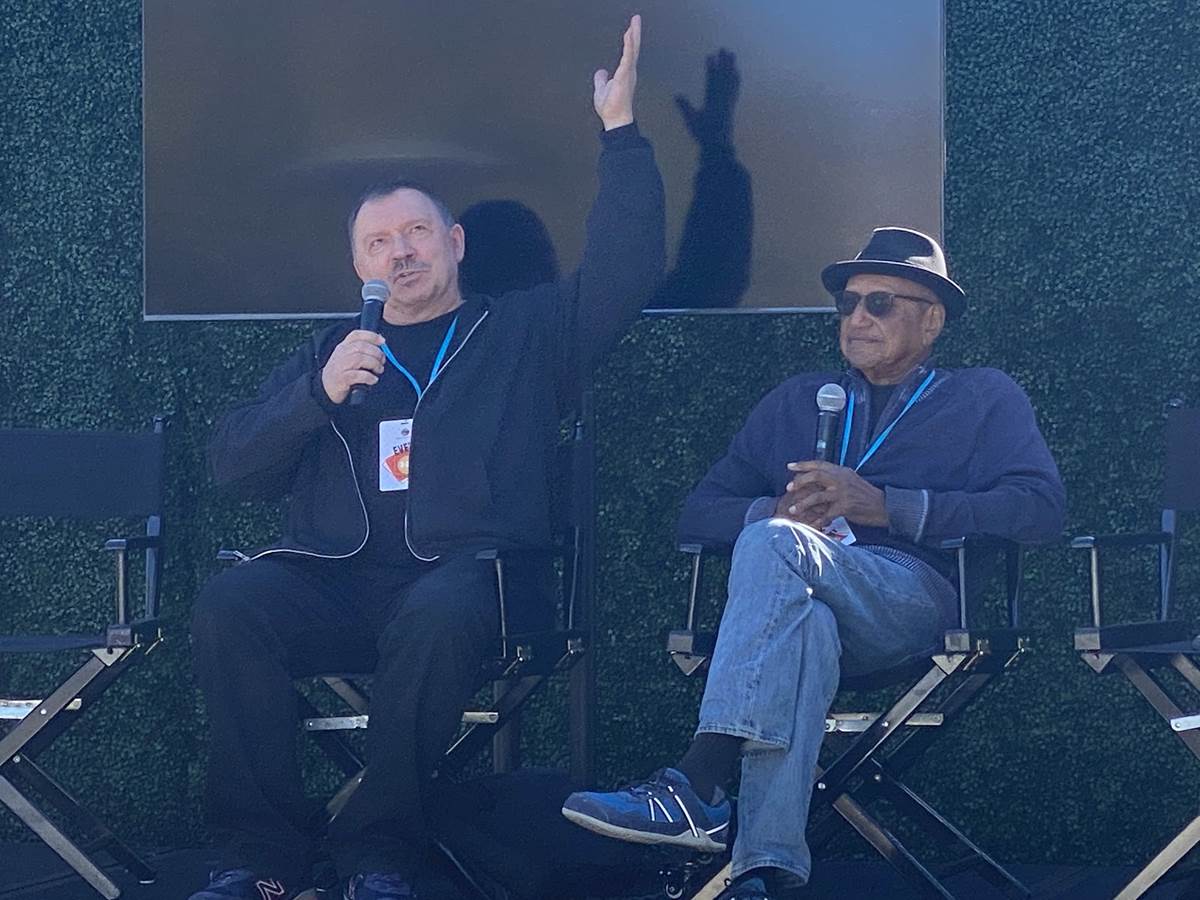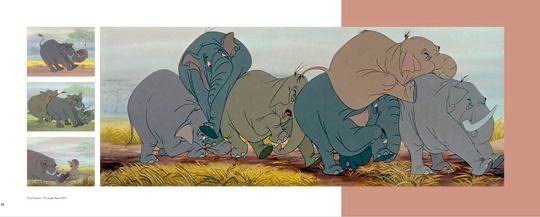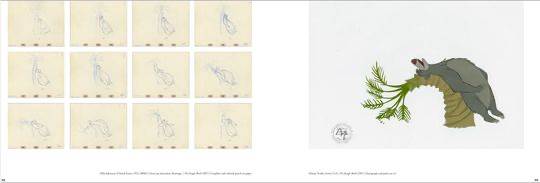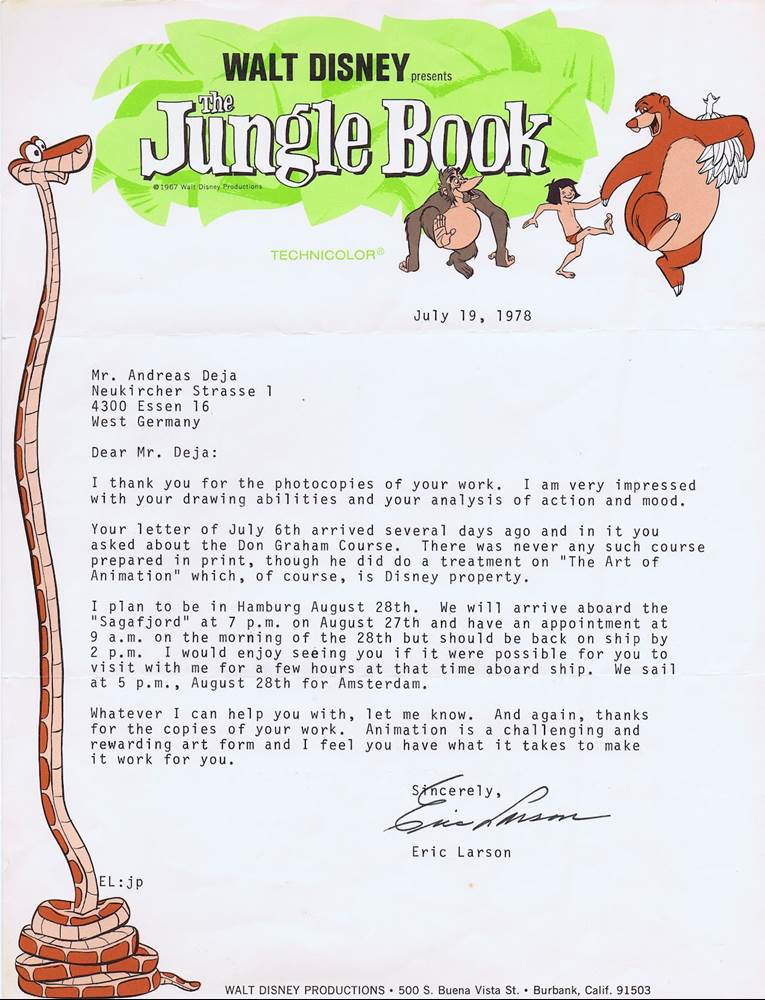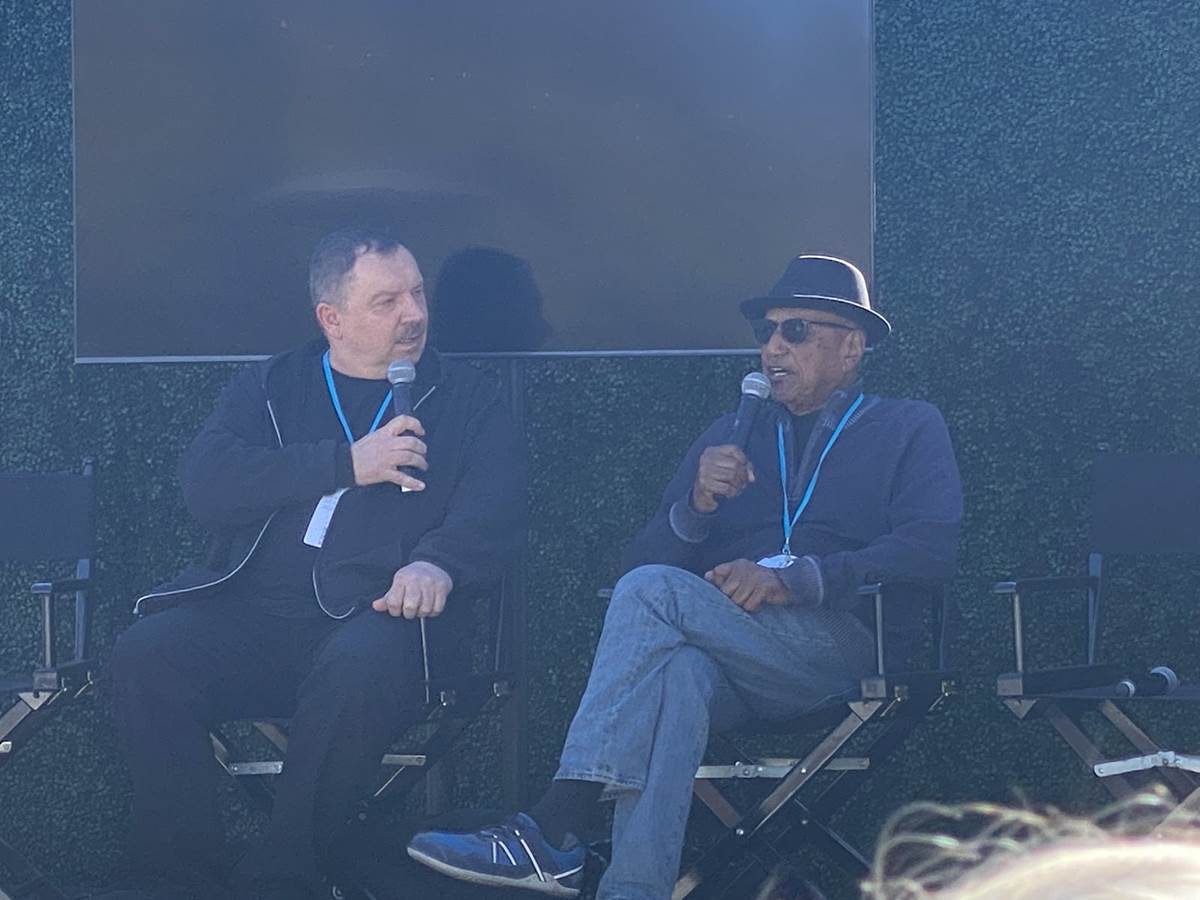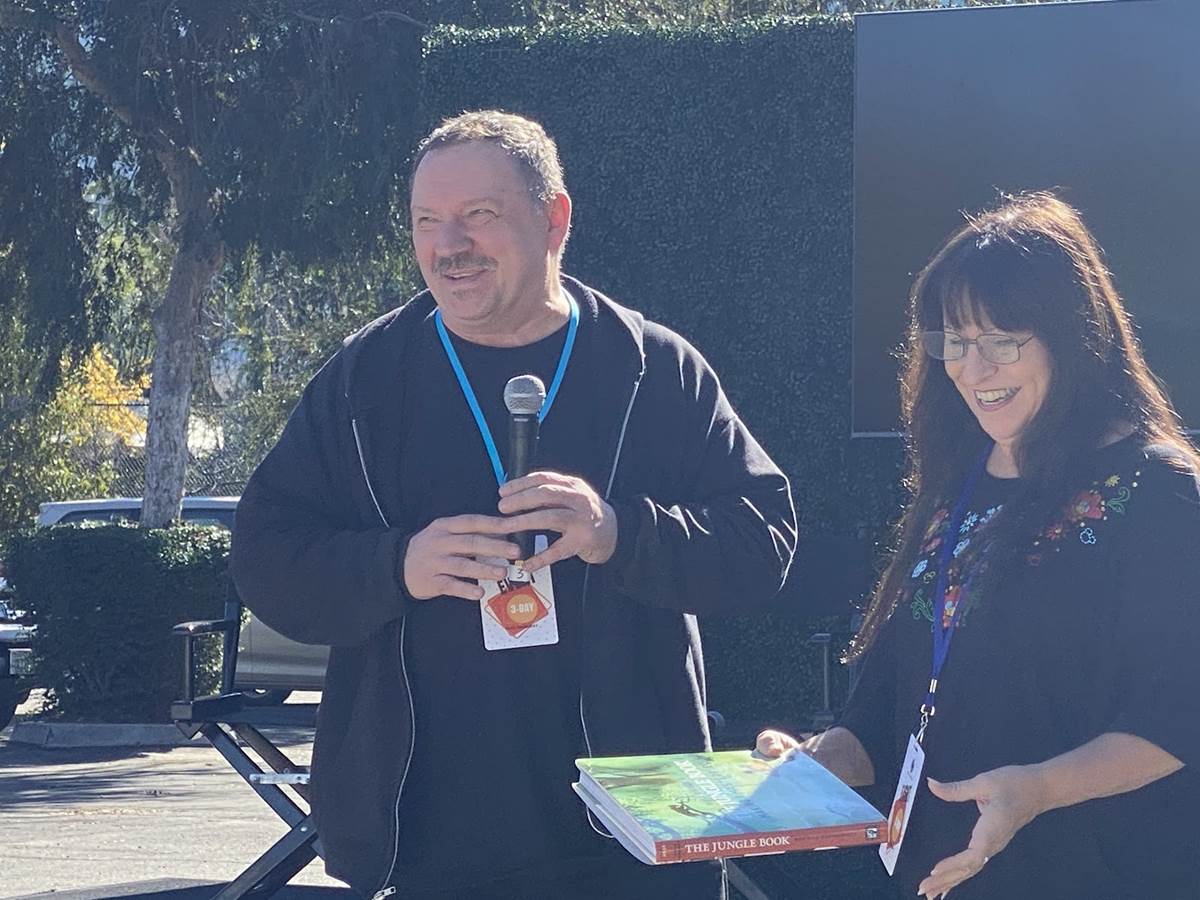The last animated classic that Walt Disney himself had a hand in is currently the subject of a special exhibition at the Walt Disney Family Museum in San Francisco, California. Having personal attachments to the film, the exhibit was masterfully curated by animator Andreas Deja, who put together all the art in the exhibit, as well as wrote the companion book to go with it. I was extremely fortunate to attend a very intimate panel that featured both Andreas Deja and legendary animator and The Jungle Book story artist, Floyd Norman at the recent CTN Expo in Burbank where they discussed the assembly of the exhibit, as well as the personal experiences with the landmark 55 year-old film.
Currently on display at the Walt Disney Family Museum in San Francisco where it debuted in June, Walt Disney’s The Jungle Book: Making a Masterpiece, explores the creative complexities behind the making of The Jungle Book, including the unique personalities of each character and their voice actor counterparts, the rich artwork and use of cutting-edge animation techniques, the memorable soundtrack of original songs by the Sherman brothers and Terry Gilkyson, the impact of Walt’s passing during production, and the film’s enduring popularity and influence decades after its initial release.
The film is extremely personal for Deja, who later became an animation legend himself thanks to his work on the films of the Disney renaissance. He famously animated Gaston in Beauty and the Beast, Jafar in Aladdin, and Scar in The Lion King, among others. His talents can also be seen on display in Who Framed Roger Rabbit, Hercules, The Little Mermaid, and the short, Runaway Brain. And this is still only a small sampling. However, this list would not exist had it not been for The Jungle Book, according to Deja himself. At the panel, he went on to explain that he saw the film with a friend when he was young and was entranced, explaining that his life now “had a mission” as he left the theater as a child in Germany. He went on to point out that while he knew he was looking at drawings, it was the way the characters moved and interacted with each other that he found so enchanting, and then went on to explain that when he finally saw the English-speaking version of the film, it became even more enthralling since now he could see the proper syncing of the dialogue and the animation, the timing, and how everything was supposed to look as it was created.
Deja went on to explain that the film not only astounded him, it inspired him. After that, he wrote letters to the Walt Disney Studio about how to get into their animation department and any advice they could give him that would be helpful to prepare for possible future employment. At such a young age, which Deja pegged to be about 12 years old, the studio encouraged him and suggested that he continue his studies at an art school. Later in the 70s, he began corresponding with one of Walt’s Nine Old Men, Eric Larson, who met with him aboard a ship while on vacation, and shortly thereafter, brought Andreas into the Walt Disney Studio, with some of the correspondence being on The Jungle Book themed stationery. The rest, as they say, is history.
This panel, however, is not about Andreas Deja. It was about his exhibit and The Jungle Book itself. It was at this point that Deja called Floyd Norman out from the crowd and pulled him on stage to discuss more of his personal experience with the film. After all, he would know first hand considering he was appointed as a story artist on the film. But how? Original Story artist Bill Peet took on a much more dark approach to the film, interpreting more of the original Rudyard Kipling source material. Norman explained this didn’t please Walt and there was a bit of a disagreement, creatively, with Peet leaving the project and Norman taking over. Walt wanted more fun. These were talking and singing animals and the original interpretation left Walt comparing Peet’s story to Batman comics, according to Norman.
Norman also explained how he landed the gig through gags. An artist at the studio, he would (as artists often do) caricature his colleagues and even Walt himself. Everyone loved the drawings, including Walt’s daughter Diane, who Floyd looked back on reflectively while sharing that she said her father also loved the caricatures, ultimately leading Norman into the story role. According to his story, Walt figured that Norman would bring about the fun, humorous take featuring the “talking animals” that he was looking for as compared to the darker Bill Peet story version.
Deja and Norman also regaled the intimately small crowd with a fun story supported by Norman’s own experience. Andreas asked him about something that he had originally heard from Ollie Johnston, when he asked him where he got the inspiration for the dance moves as seen in the film performed by Baloo, especially during “The Bear Necessities.” According to Deja, and supported by Norman, the answer was Walt himself. Deja’s story recounts tales that Ollie would share with him that Walt would explain he should be dancing, and would dance in the hallways and story room himself, and Ollie just pulled those moves and animated them himself. Oddly fitting that in the last film that Walt Disney himself had a hand in, his hallway dance moves now appear forever.
That was another thing that Norman had mentioned, how it was notable that Walt threw so much of his energy into The Jungle Book. Deja agreed. At this point in time, Walt had essentially lost interest, relatively speaking, in the Animation department. He was focusing on Disneyland, The Florida Project, and Mary Poppins, but something about The Jungle Book had pulled him back in. Norman even commented that at one point Walt told him, “I forgot how much fun this was.”
Deja also went into the crowd for a bit of Q&A. He joked saying it was like his own Vegas lounge show, but call me crazy, I’d buy tickets. Pretty standard Q&A questions prevailed, but I was fortunate enough to have the opportunity to ask Deja, what scene it was in the film that inspired him to start his journey in animation. He blatantly said that this was the movie that launched his interest, but I had to know where specifically that lightning struck in the film for him. His answer? When Shere Khan was interrogating Kaa. The relationship between the two, the interaction, and the way both are animated true to their character’s personalities. He pinpointed that as THEE scene for him.
The session then shifted focus, and Deja started reflecting more on the exhibit. He also shared that exhibit now has a companion book, aptly titled Walt Disney’s The Jungle Book: Making a Masterpiece. In it, much of the art from the exhibit is featured, and is written by Andreas himself, who curated the exhibit. Much of the art included in the book has never been seen before, outside of the current exhibit at the Walt Disney Family Museum in San Francisco.
While I have not been fortunate enough to see the exhibit for myself at the Walt Disney Family Museum, my friend and Laughing Place contributor Alex Reif has, and you can find out what he has to say about the exhibit in his article here. As for me, I did however have enough interest after this special panel to get my hands on a copy of the book and highly recommend it. You can get your copy below, and if you have the chance, be sure to visit the exhibit at the Walt Disney Family Museum, which is open now through January 8th, 2023.
https://www.amazon.com/Walt-Disneys-Jungle-Book-Masterpiece/dp/1681888939

